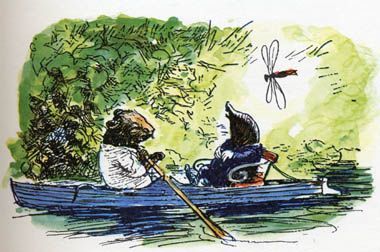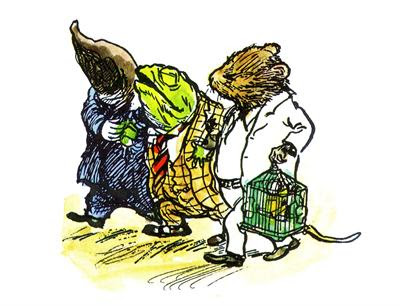First thing I would try is pulling the master cyl lever pivot pin, cleaning everything, lubing it, and reassembly. I wouldn't ride this until it's decisively-fixed, completely. If that doesn't completely do it, then the below:
I would disassemble completely the entire system, and look for sticking points, partial blockages, delaminating hoses, stuck caliper pistons, worn master cyl piston, rusted caliper brake pad pins, whatever.
What does the fluid look like?
Sludge forms in the brake system from not changing the fluid, deterioration of the interior lines, absorption of water past the seals, pad dust, etc. Sludge can obstruct your lines, partially or completely.
A failing brake line can separate and become like a 1-way valve, building pressure but not releasing it. It could restrict normal flow in both directions, in another instance.
Stuck pads likely will cause abnormal drag on the rotor, overheating it if it's bad enough. The rotor could become overheated so that it no-longer provides uniform braking. Pads will glaze, reducing the coefficient of friction. Stuck caliper pistons are more-likely than stuck pads. Both can cause abnormal drag on the rotor.
Usually a worn master cyl piston will leak internally, losing effective lever travel used for braking. This is similar to having air in the system, no resistance in the lever, where the lever comes back towards the handlebar with no resistance commonly felt in a correctly-operating front brake. Leaking externally, brake fluid will bypass the piston seal and leak down the lever, making it moist, and dripping-off the bulb end of the lever.
Perhaps my recent 'how-to' on caliper repair will assist your efforts:
http://www.vmaxforum.net/showthread.php?t=47304 It has info on removing stubborn frozen pistons which won't co-operate in removal efforts, and 'reverse-bleeding' to quickly-restore a firm brake lever, also useful for hydraulic clutch work.






![Bovemanx Motorcycle Phone Mount Holder, [150mph Wind Anti-Shake][7.2inch Big Phone Friendly] Bike Phone Holder, Motorcycle Handlebar Cell Phone Clamp, Compatible with iPhone 16 Pro Max Smartphones](https://m.media-amazon.com/images/I/51F+1sontPL._SL500_.jpg)









































